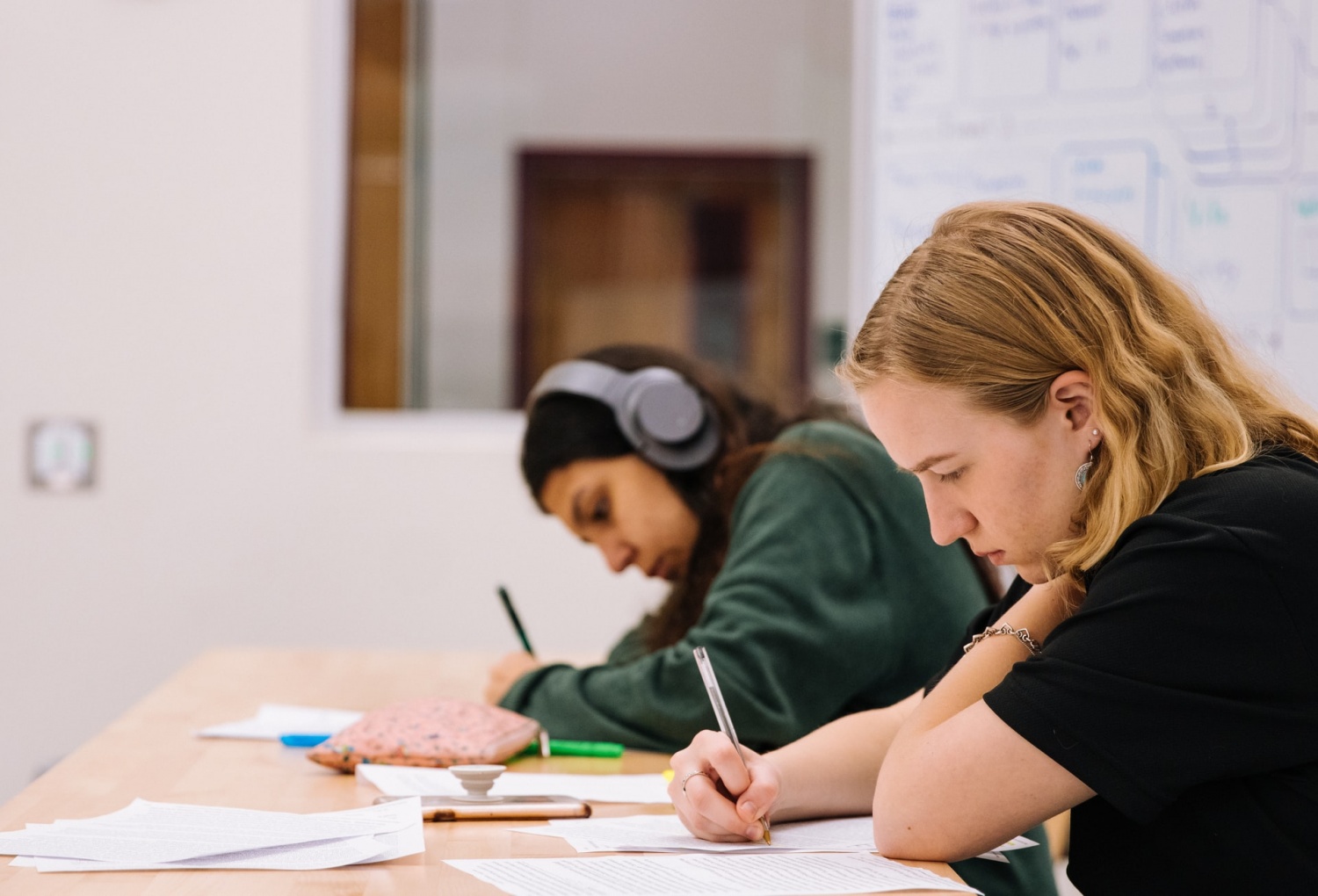Technology has played a role in US classrooms ever since the first computer was introduced to education institutions in the 1960s. Since then, the evolution of technology in the classroom has taken a meteoric rise, and has opened up promising educational opportunities to students of all ages and learning levels.
Upon the advent of school-closings due to the pandemic, technology has come to the rescue by providing virtual, remote teaching platforms online. In truth, technology is more relied upon today in the academic world than ever before in order to better educate students and equip them with more advanced learning tools. To prove this point, here are real examples of how technology positively impacts students of all developmental stages.
Technology and Special Education
According to the National Center for Educational Statistics, there are over 7 million students with disabilities who are enrolled in US public schools. Learning can be tough even in the best of circumstances. However, students who struggle from a range of challenges such as blindness or autism are faced with unique circumstances when striving for an education. Thankfully, technology has revolutionized the special education system.
For example, virtual reality is helping students with autism to experience the classroom in better ways by rendering a non threatening environment as well as helping autistic students improve motor function. Touch-screen devices are also helpful to students with motor function difficulties as they assist in improving hand-eye coordination in the classroom. Educators are also utilizing technology with special education management software, which allows them to digitally track student progress, evaluate student learning, and so much more.
Grade School and High School
While the nation's hand was forced into remote classrooms due to pandemic-related school closures, it innovated how education is delivered in grade school and high school learning. There is evidence that many students are thriving with the introduction of remote learning.
This is attributed to the fact that online learning helps students stay more focused because all the distractions in a traditional schoolroom have been eliminated. Furthermore, virtual or distance learning allows grade school and high school students to learn at their own pace, thus reducing pressure which facilitates better learning.
Vocational Schools
Every student is different, and some are either unable or unwilling to go to college. Therefore, many students opt for a vocational education to pursue careers in fields such as auto mechanics, laboratory technician, dental assistant, paralegal, electrical, etc.
Technology has helped these students in these fields because applications such as mixed and virtual reality can mimic the same scenarios in the classroom as students might encounter in the real world.
Additionally, technology is used to emulate auto engines, medical procedures and other specialized machines exclusive to a vocational field of study. With these advanced technologies, vocational students are better equipped to succeed at their selected career path.
University and Colleges
Technology in higher education performs similarly as in the aforementioned teaching environments. The exception is that university students can take advantage of more in-depth technological collaboration and communication while earning their degrees.
For example, students can log into a college intranet and get access to course curriculum, schedules, financial aid information, etc. Moreover, students can access these same intranet databases to turn in assignments as well as communicate with professors regarding deadlines or with questions about assignments if they have any.
Additionally, college students can utilize personal technology to keep them on track, focused and successful in their studies. For instance, there are many helpful apps university students can download on smartphones. These apps for college students can help with course scheduling, track deadlines, and even provide digital flashcards as study aids.
Keeping Students Safe
Lastly, and most importantly, technology is positively impacting students in terms of keeping them safe and secure while at school. You might be familiar with various tragedies that have taken place on campuses and school yards across the nation in past years.
These unthinkable crimes have resulted in heavier use of technology to protect students. For instance, metal detectors have been installed on some campuses in order to prohibit entry of weapons on the premises. Advanced monitors and video cameras are also playing their part in keeping students and teachers safe. While this is a sad and heartbreaking fact of student life, it's a boon to know that technology is keeping schools around the nation more secure.
Additionally, technology has improved in keeping students safe online. Most educational institutions have content filters and firewalls installed on electronic devices. This allows students to view or access material on a school's intranet without the threat of getting cyber hacked. These safeguards also keep students away from seeing harmful material when using a school's internet wifi.
The Last Word on Technology and Education
As a parent or a teacher, you might feel our youth is inundated with technology. While there might be some truth to that, technology can also be used for the greater good. Ultimately, without technology, students in all learning stages would have a much harder time getting the education they need and deserve to get ahead in life.















